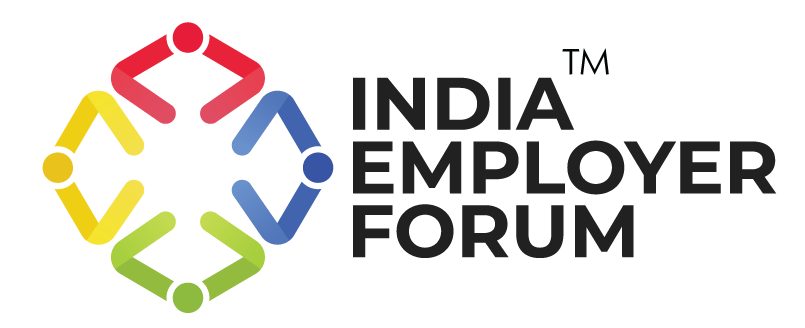Predictive people analytics is redefining how organisations manage and optimise their human capital in today’s dynamic world of work. By automating routine tasks, people analytics enables companies to shift their focus to strategies for employee engagement and talent retention.
Despite the growing prominence, HR teams and leadership continue to face challenges in understanding the benefits and navigating the implementation of predictive people analytics in human capital management. In this article, we explore the leading commercial tools available in the market and present a practical 30-day roadmap that can help HR leaders leverage and explore predictive analytics for sustainable organisational growth.
Why is Predictive HR Analytics Important?
- Reduces Employee Turnover: Predictive people analytics enables HR teams to identify employees who may be at risk of leaving the organisation and take proactive measures to retain them. Early interventions not only strengthen engagement but also reduce the high costs associated with recruitment and training replacements. For example, Experian reported a 70% reduction in time spent on people analytics and reporting after adopting Visier, allowing HR to focus more effectively on retention strategies.
- Shortens Time-to-Hire: With predictive insights, organisations can forecast upcoming talent needs and equip recruitment teams to build a proactive pipeline. This minimizes reliance on emergency sourcing and reduces external hiring costs. A leading pharmaceutical company achieved a 31% reduction in time-to-hire through Workday’s human capital management platform, demonstrating the tangible impact of predictive talent planning.
- Enhances Internal Mobility: Predictive analytics helps HR identify employees with the potential to be reskilled or redeployed into emerging roles within the organisation. By aligning talent development with workforce needs, organisations can strengthen internal mobility while maximising returns on learning and development investments.
- Improves Workforce Productivity: Using predictive models, organisations can spot low-performing teams or individuals and design targeted interventions, such as coaching, upskilling, or role realignment. This approach ensures that workforce productivity is maintained and aligned to organisational objectives.
Top Predictive People Analytics Tools
- Visier People
- SAP SuccessFactors
- Workday People Analytics
- Crunchr
- One Model
- Microsoft Azure Machine Learning / Power BI
- IBM SPSS Modeller / IBM Watson Studio
- SAP Analytics Cloud
- Tableau
30-Day Actionable Roadmap for Implementing Predictive People Analytics
Week 1: Setting Up the Pilot and Defining the Scope
Begin by identifying a single high-priority business challenge—such as predicting employee attrition or forecasting talent requirements in critical roles. Select the business or functional unit where the program will be piloted and map the relevant stakeholders. At this stage, assess the availability and accessibility of data from systems such as HRIS, ATS, and employee engagement platforms.
Week 2: Data Preparation and Prototype Modelling
Focus on preparing the data by cleaning, standardising, and checking for errors. Build a preliminary prototype model aligned with the finalised goals and conduct necessary validation and fairness checks. Develop customised dashboards on the tool to visualise predicted risks or gaps, and design practical playbooks to guide managers in taking required actions when risks are flagged.
Week 3: Pilot Launch and Interventions
Train key employees, particularly pilot managers, on how to use the dashboards and interpret the insights. Formally announce the program launch to the selected business unit and roll out the dashboards to managers. Begin implementing targeted interventions based on the flagged risks to test the system’s efficiency.
Week 4: Review and Optimisation
Track the progress of the pilot program and evaluate its effectiveness. Gather feedback from pilot managers regarding the accuracy and relevance of the flagged issues. Refine both the prototype model and the playbooks based on this feedback. Decide the optimisation strategies in consultation with leadership to ensure alignment with broader organisational goals.
In today’s competitive work landscape, predictive people analytics facilitates organisations in building a resilient and future-ready workforce. By proactively addressing employee turnover, streamlining the hiring process, fostering internal mobility, and enhancing work productivity, HR leaders can make smarter, data-driven decisions that align with business goals. With advanced tools available in the market and a structured 30-day roadmap, companies can successfully adopt predictive people analytics in their daily workflows for sustainable human capital growth.






